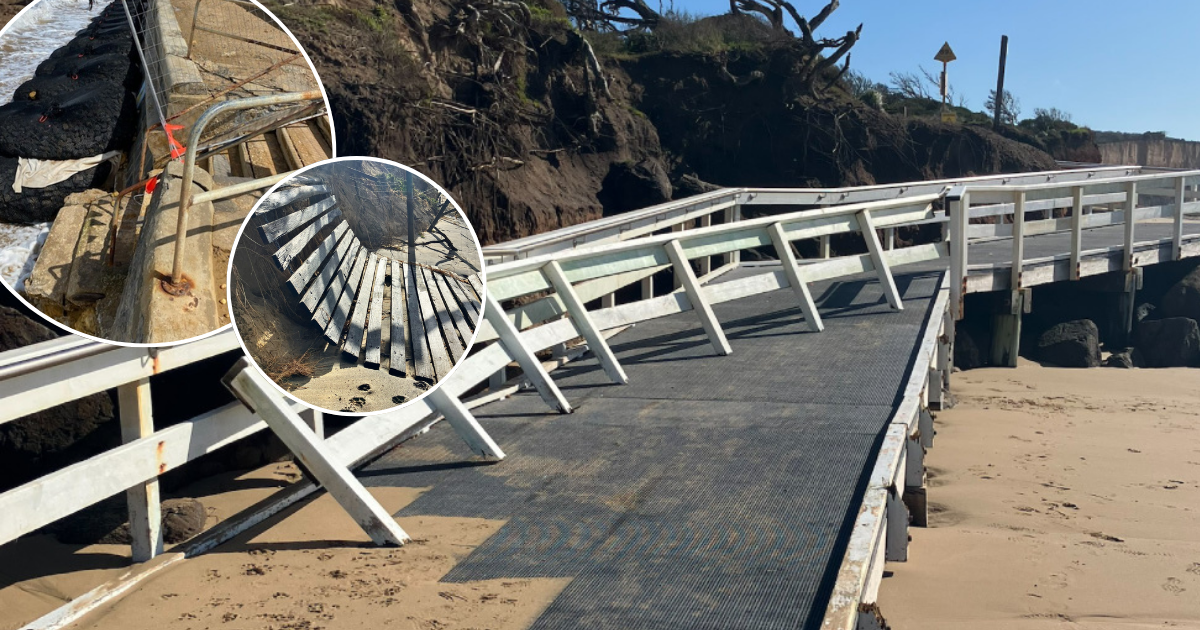Slow NBN speeds may be eligible for refund

More than 142,000 customers, mostly on fibre to the node (FTTN) connections, have been affected by the slow speeds. Photo: BIDGEE
THE Australian Competition and Consumer Commission (ACCC) has encouraged National Broadband Network (NBN) customers experiencing slow connection speeds to contact their internet provider, as they may be eligible for a refund.
Telstra, Optus, TPG, iiNet, Internode, Dodo, iPrimus and Commander have each admitted to likely making false or misleading representations about the connection speeds they could deliver to NBN customers with fibre-to-the-node (FTTN) and fibre-to-the-building (FTTB) connections.
The eight retail service providers (RSPs) advertised and sold NBN plans with maximum theoretical speeds – for example, 100 megabits per second (Mbps) download and 40 Mbps upload – when, due to the limitations of FTTN and FTTB technologies, many consumers could never experience these speeds.
Since November 2017, the ACCC has accepted undertakings from all eight providers that the companies would contact more than 142,000 affected consumers to offer them a range of options, such as moving to a lower speed plan of their choice, or exiting their contract and receiving a refund.
“A large proportion, two in three affected consumers, have not responded to the letter or email from their RSP. They may be eligible for refunds, some in the hundreds of dollars,” ACCC acting chair Mick Keogh said.
“The ACCC is urging NBN customers to contact their NBN retailer if they have received a letter or email offer of a remedy, or think they might be entitled to a remedy.”
Customers who have recently signed up to a new NBN plan may also be eligible for a refund where the RSP advertises maximum connection speeds with the plan.
Within four weeks, RSPs must check their speeds and offer remedy options if the speeds are below that advertised for the plan the consumer chose.
“Our message to RSPs is that if you advertise a particular connection speed and customers cannot experience that speed, you risk breaching the Australian Consumer Law,” Mr Keogh added.
“We expect RSPs to provide consumers with accurate information up front about the internet speeds they can expect to experience, and then deliver on those promises.”

















